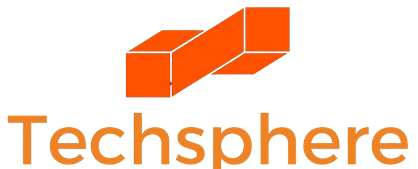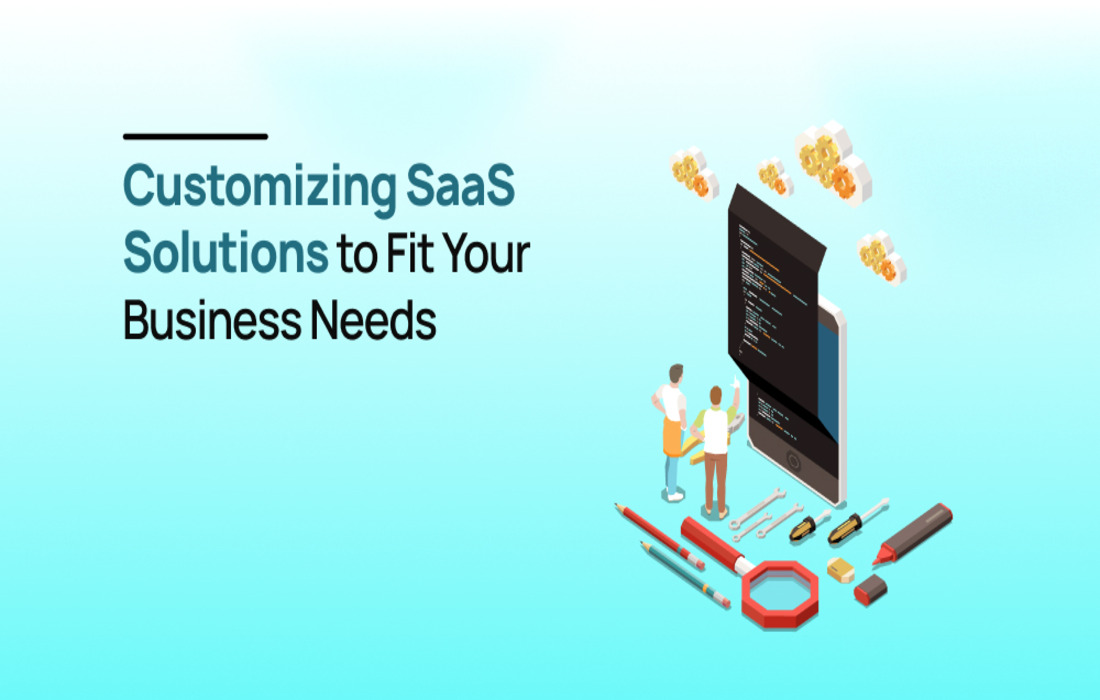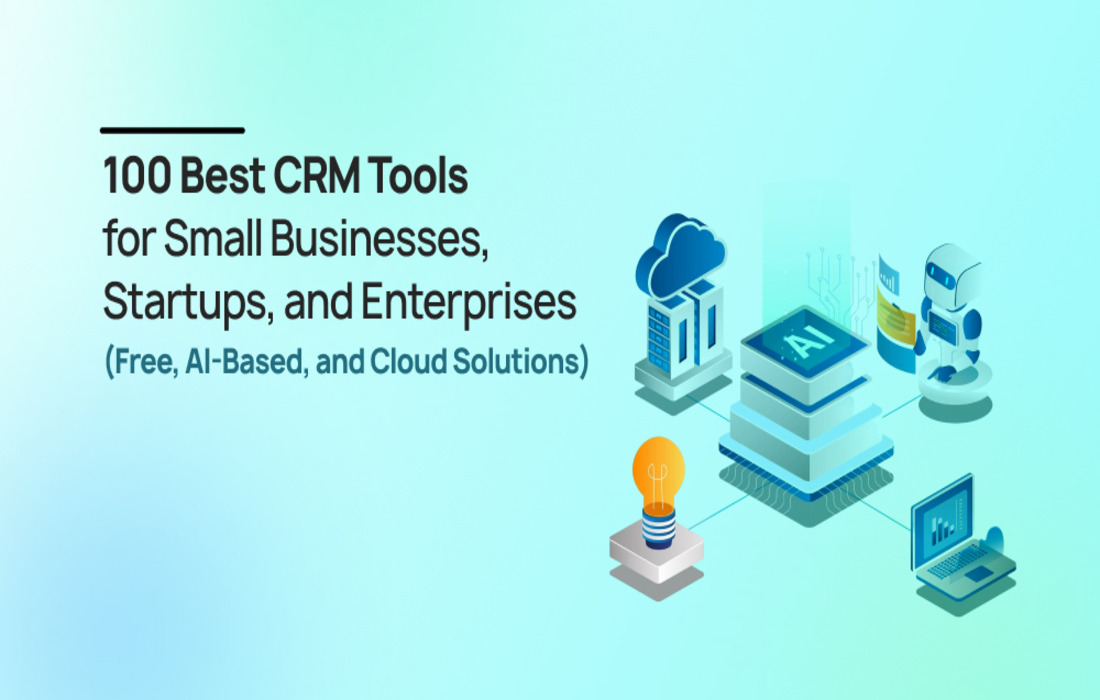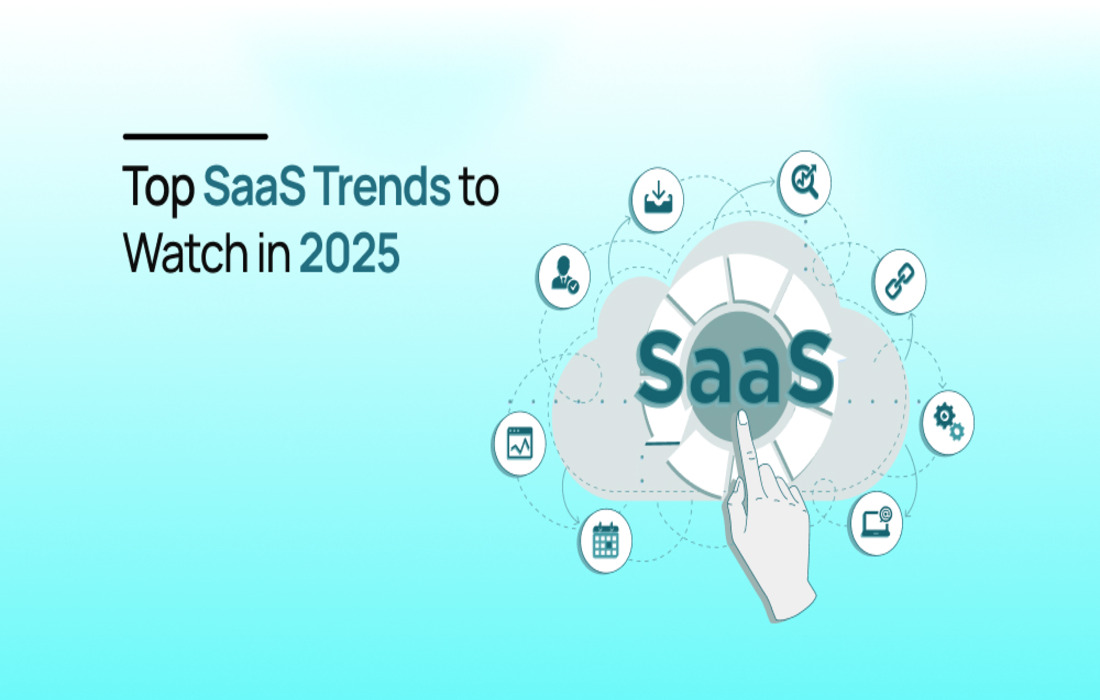SaaS platforms are inherently designed to be flexible and scalable. However, to unlock their full potential, businesses must go beyond out-of-the-box functionality and tailor these tools to their unique processes. In 2025, customization is no longer a luxury—it’s a requirement for aligning software with operational needs, improving productivity, and enhancing user satisfaction.
Why Customize SaaS?
- Workflow alignment: Tailor tools to fit your business, not the other way around
- Improved UX: Personalized dashboards and interfaces improve adoption
- Efficiency gains: Automation reduces repetitive tasks
- Competitive edge: Unique configurations reflect your IP and value proposition
According to Gartner, organizations that customize their SaaS tools see 27% higher workflow efficiency compared to those that don’t.
Levels of SaaS Customization
1. Interface and Branding
Customize colors, logos, navigation menus, and user dashboards to match company branding and improve user experience.
2. Feature Configuration
Enable or disable specific features/modules based on business roles or departments. Examples:
- Hide invoicing for non-finance users
- Show custom reports only to managers
3. Workflow Automation
Design conditional logic, triggers, and approval processes:
- Auto-assign leads when a form is submitted
- Trigger reminders when tasks are overdue
4. Data Structure Customization
Create custom fields, tags, and data types that are relevant to your business.
- Example: Add a “Client Tier” field in CRM
5. Integration & API Customization
Connect to third-party tools using APIs to sync data, trigger actions, or fetch reports.
- Example: Integrate Stripe billing info into your project management tool
Customization Use Cases by Department
| Department | Customization Example |
| Sales | Customized pipelines, lead scoring models |
| HR | Onboarding workflows, document e-signing |
| Finance | Real-time dashboards, budget approval flows |
| Support | Auto-escalation rules, priority tagging |
How to Plan SaaS Customization
Step 1: Map Business Processes
Use flowcharts to visualize tasks and user roles. Identify bottlenecks or manual handoffs.
Step 2: Identify Gaps in Current SaaS Tool
Compare what the SaaS platform offers with your process maps. Look for misalignments in:
- Data entry flows
- Role permissions
- Reporting limitations
Step 3: Consult With Stakeholders
Gather input from actual users. Ask:
- What slows you down?
- What do you wish the system could do?
Step 4: Prioritize Customization Requests
Categorize into:
- Must-have (critical)
- Should-have (important)
- Nice-to-have (low priority)
Step 5: Document and Implement Iteratively
Avoid large overhauls. Use sprints to deliver incremental improvements with testing and feedback.
Best Practices for Sustainable Customization
- Avoid over-customizing: Stay aligned with the vendor’s upgrade path
- Use built-in features first: Prioritize no-code/low-code options
- Version control and rollback plans: For custom scripts or API connectors
- Involve IT early: Avoid security and performance pitfalls
Real-World Example: Customizing HubSpot for a B2B Agency
A B2B marketing agency customized HubSpot to:
- Add custom lifecycle stages
- Integrate Google Sheets with campaign data
- Automate onboarding emails based on deal stages
Results:
- 38% faster campaign launches
- 21% increase in client retention
Tools That Enable Easy Customization
| Tool | Use Case | Notes |
| Airtable | Custom database & automation workflows | Intuitive UI, flexible schema |
| Notion | Internal wikis and project management | Highly customizable blocks |
| Zapier | Workflow automation and integrations | No-code friendly |
| Retool | Internal tool development | Developer-friendly |
| Make (Integromat) | Visual flow builder for complex logic | Ideal for advanced users |
Challenges in Customization
| Challenge | Solution |
| System becomes too complex | Simplify or modularize workflows |
| Upgrade compatibility breaks | Use documented, supported API methods |
| High maintenance burden | Automate monitoring and logging |
Conclusion: SaaS Should Serve You—Not the Other Way Around
Customizing SaaS solutions allows you to extract maximum value and tailor systems that feel natural to your team. With proper planning and incremental implementation, you can balance personalization with scalability and future-proofing.





